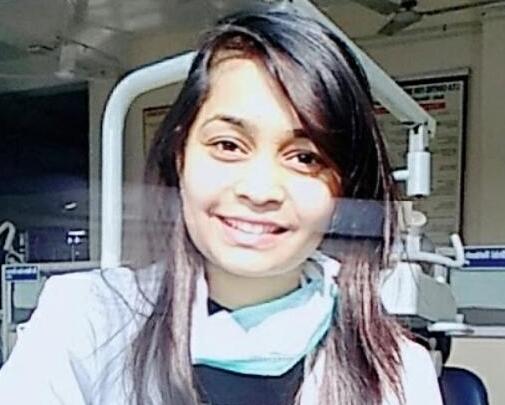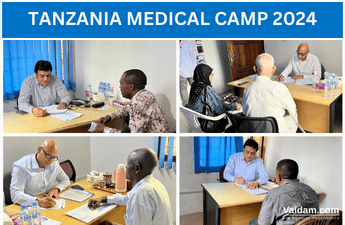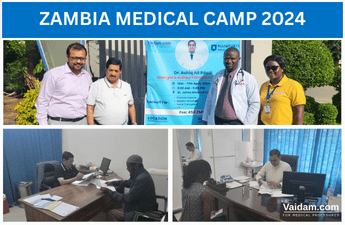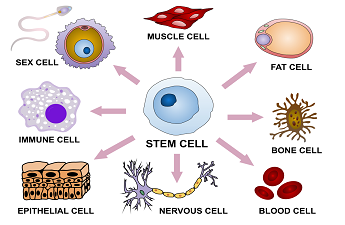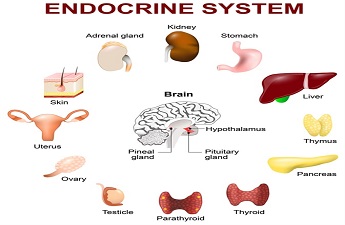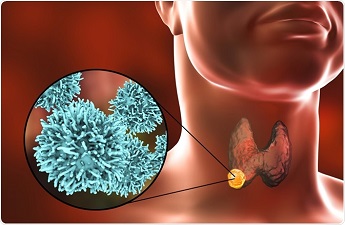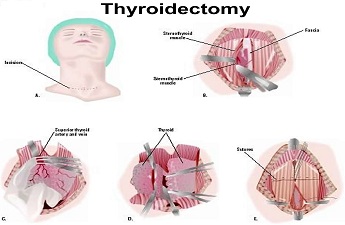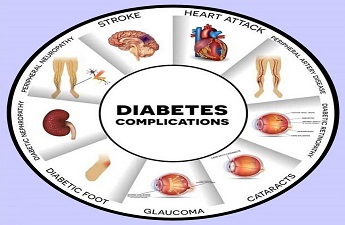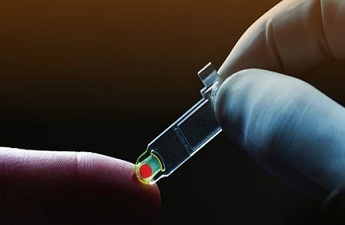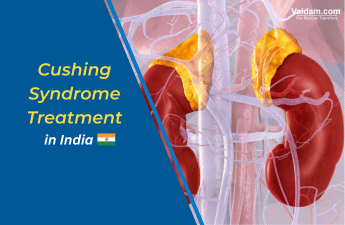A multitude of people across the globe is living with diabetes. Due to lack of knowledge about the condition, many of them think of it as a curse. However, no matter how petrifying and frustrating diabetes can be, people can live a long, healthy and happy life.
What happens within your body during diabetes?
Normally, the body breaks down the sugars and carbohydrates that we eat into a basic unit called glucose. The glucose provides energy to the cells in the body. The cells need a hormone called insulin, which helps the cells to utilize glucose and convert into energy. In the case of diabetes, the body either does not make enough insulin or it is unable to use the insulin it produces or a combination of both.
Get in Touch with Medical Experts
Types of Diabetes Mellitus
Type 1 diabetes is the one with a genetic origin. This is an auto-immune condition in which the body’s immune cells start attacking its own pancreatic cells that are responsible for the production of insulin in the body.
Type 2 diabetes is developed mostly by sedentary lifestyle for a long time. This mostly occurs in obese or overweight people. With Type 2 diabetes, the pancreas usually produces some insulin. But either the amount produced is not enough for the body's needs, or the body's cells are resistant to it. Insulin resistance, or lack of sensitivity to insulin, happens primarily in fat, liver, and muscle cells.
Gestational diabetes is a condition that occurs during the pregnancy, but mostly gets resolved after the delivery.
Gestational diabetes and pre-diabetes are two conditions that can be reversed.
Complications of Diabetes Mellitus
Skin conditions
Patients with diabetes are more prone to following skin conditions :
1. Bacterial infections - Several kinds of bacterial infections may occur in people with diabetes that include,
-
Styes (infections of the glands of the eyelid)
-
Boils
-
Folliculitis (infections of the hair follicles)
-
Carbuncles (deep infections of the skin and the tissue underneath)
-
Infections around the nails
2. Fungal infections - The infection is mostly caused by a fungal species known as Candida albicans. This is a yeast-like fungus that causes itchy rashes in most red areas that are surrounded by tiny blisters and scales. These infections often occur in warm and moist folds of the skin such as breast region, around the nails, between fingers and toes, in the corners of the mouth, armpits, and groin. Common fungal infections include jock itch, athlete's foot, ringworm (a ring-shaped itchy patch), and vaginal infection that causes itching.
3. Acanthosis Nigricans- It is a condition in which brown or tan colored areas, which are raised and appear on the sides of the neck, armpits, and groin in most of the cases. It usually occurs people who are over-weight. The prime treatment is to lose weight. Some prescribed ointments might also help to reduce to severity.
4. Digital sclerosis - Sometimes people with diabetes may develop tight, thick waxy skin at the back of the hands so much that the finger joints are unable to move. The only solution to this problem is bringing the blood sugar levels under control.
Diabetic foot
One of the most common and most severe complications of diabetes is known as a diabetic foot. The symptoms involve :
-
Neuropathy - The nerve damage due to diabetes reduces the ability to feel the senses such as pain, heat, and cold. As a result, sometimes the patient may get a skin breakdown or skin infection and not feel it. Usually, the doctor advises wearing special therapeutic shoes rather than regular shoes.
-
Changes in the skin- The skin of the foot becomes very dry. Sometimes, it may also peel and crack. It is important to dry the feet properly and seal with petroleum jelly. Do not put oil or cream between the toes. Extra moisture may also cause infection.
-
Production of callus - Callus is thickening and hardening of the skin or any soft tissue. The reason is the creation of high-pressure under the foot. If not treated on time, it may lead to foot ulcers or open sores. Using a pumice stone every day helps to keep the callus under control.
-
Foot ulcer - The foot ulcers usually occur on the sides of the foot that usually occurs by wearing poorly fitting shoes. Any ulcer if left untreated, may result in infection, which can eventually turn into a loss of limb. The best endocrinologists in India suggest that it is imperative to wear a special shoe, brace or cast for the protection of foot. Avoid walking on an ulcer as it can make it larger and create a deeper infection into the foot.
-
Poor blood circulation - Diabetes can cause the blood vessels of the foot to narrow and harden. This poor blood circulation makes the foot more prone to infection and reduces the ability to heal. Avoiding smoking and keeping the cholesterol under control may help to keep the condition in control. Exercise is also good for poor circulation. It stimulates blood flow in the legs and feet. Walk in sturdy, good-fitting, comfortable shoes, but don't walk when you have open sores.
Diabetic retinopathy
Diabetic retinopathy is a general term for all disorders of the retina caused by diabetes. There are two major types of retinopathy: nonproliferative and proliferative.
Non-proliferative retinopathy - This is the most common form of retinopathy in which the capillaries in the back of the eye swell up and form pouches. It has three stages; mild, moderate and severe depending upon the extent to which the blood vessels have been blocked.
Macular edema - The capillary walls lose their ability to control the passage of substances between the blood and retinal. Consequently, the fluids may leak into the part of the eye where focusing takes place, known as the macula. The macula swells with fluid and creates a blurring of vision. This condition must be treated on time to avoid any vision loss.
Proliferative retinopathy - The retinopathy, in some cases may progress after several years to a more serious form. In this, the blood vessels get damaged and collapse eventually. In response to this, some new blood vessels start growing in the retina. The new blood vessels are weak and can cause leakage of blood leading to vision loss. This condition is known as Vitreous Hemorrhage. The new blood vessels can also cause scar tissue to grow. After the scar tissue shrinks, it can distort the retinal or pull it out of place, which is known as retinal detachment.
The top endocrinologists in India advice that it is highly significant to monitor the blood sugar and keep it under control. The patient must do the keep the following things in mind:
-
Eat a modified diet as prescribed by your doctor or nutritionist.
-
Exercise regularly.
-
Monitor your blood sugar levels on a daily basis.
-
Regular insulin intake.
-
Take oral medications.


